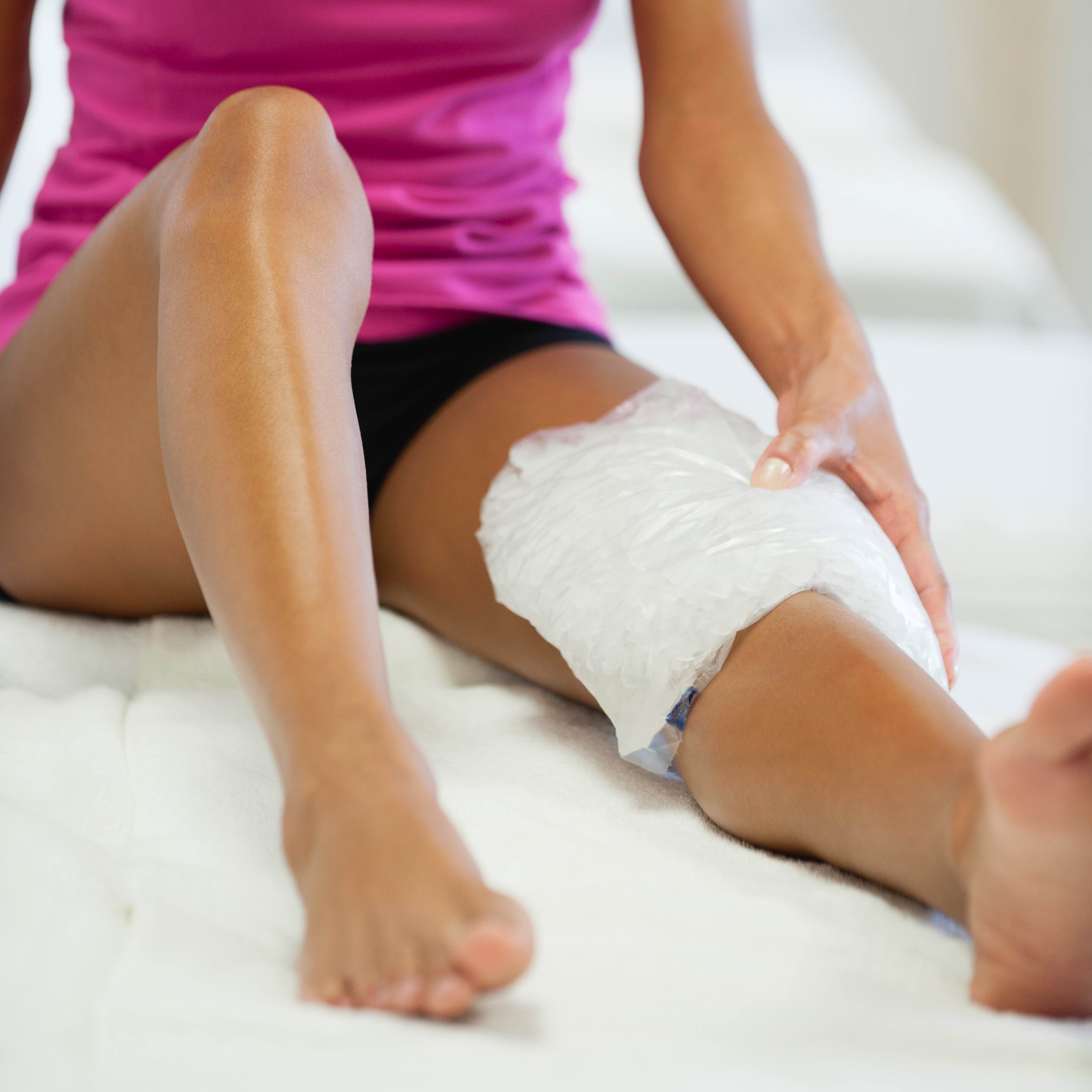Visit
Physiosports Brighton,
429 Nepean Highway, Brighton East,
3187, VIC, Australia
Call
Fax
03 9596 9155
physiosports@physiosports.com.au

A lot has changed in sports medicine over the last few decades. With an obvious shift towards evidence based practice, treatment modalities that were once the foundations of our injury management are being investigated and replaced when research cannot support their use. This is evident again with the role of icing, or its scientific name cryotherapy, in injury management.
Dr Gabe Mirkin coined the acronym RICE (rest, ice, compression, elevation) in 1978 advocating the use of ice to reduce swelling and inflammation in the acute stage of injury management. The rationale for the use of ice was that cooling the injured area results in reduced blood flow and limits inflammation and swelling leading to improved tissue healing.
But inflammation is a vital component of healing cascade, the increased blood flow to the area supplying the injured tissue with oxygen, inflammatory cells and hormones to clean up the area and trigger a proliferative phase that leads to tissue regeneration. On today’s evidence, inhibiting the body’s inflammatory response may actually lead to incomplete healing. This has been scientifically proven with regard to the use of non-steroidal anti-inflammatories in acute injury management, maybe its time we consider the effects of cryotherapy in the same way.
The flip side of this argument is that an uncontrolled inflammatory response may lead to excessive swelling and pain. POLICE (protection, optimal loading, ice, compression, elevation) is the new acronym for acute injury management protection with optimal loading being considered the most important elements of the program. Optimal loading encompasses the principle of mechanotherapy where tissue loading results in a cellular response leading to positive structural change. Excessive pain and swelling may diminish the individual’s ability to load the injured area effectively. In this case ice may play a role as an analgesic or to limit excess swelling allowing for controlled early loading.
How long does ice need to be applied for to have a positive analgesic effect without having a negative impact on the tissue healing process? Unfortunately there is no clear answer for this. The impact that ice will have on cooling injured tissues will be dependent on the depth of the injured structure, surrounding adipose tissue and muscle bulk.
There is a lack of evidence either way, which is largely the point. We have used ice in injury management as dogma but maybe its time to start using our clinical experience and knowledge of physiology and tissue healing to determine when cryotherapy is appropriate and in what dosages. Even Dr Mirkin, the man behind RICE, has changed his mind and thinks that excessive icing after injury has a negative effect on tissue healing.
Ice is not the enemy of tissue healing. Inflammation and pain are a normal and a required physiological response to injury. The evidence is not calling for ice to be banned from our acute injury management. The advice we give our patients should encompass the facts that a controlled inflammatory response is vital for good tissue healing and that ice can be used to reduce pain and excessive swelling to allow for early protected loading.
A delicate balance exists between protection to prevent further insult to damaged tissues and our interventions to speed up recovery. Every patient should be assessed and considered on their merits and our intervention, even acute injury management, should be tailored to their specific injury.
As the title of this blog says – Ice Ice Maybe?
References: